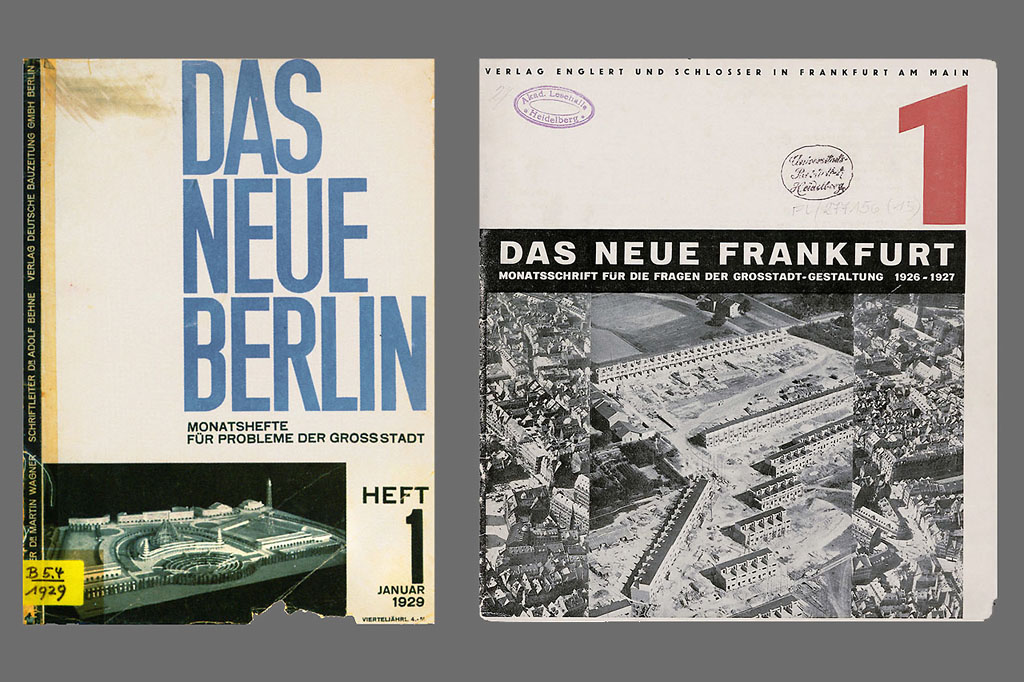Ernst May (1886–1970 · architect / town planner)
May was born in 1886 in Frankfurt am Main. After studying architecture in London, Darmstadt and Munich, he became an intern for Sir Raymond Unwin in 1910, where he worked on the Hampstead Garden Suburb in north London. May translated Unwin's work on the concept of satellite towns into German. After serving in the German military in World War I, May planned residential estates in Breslau (today Wroclaw, Poland) and the Silesia region, incorporating the satellite city concept. In 1925, he was appointed Frankfurt's planning commissioner and headed the city's "New Frankfurt" housing construction programme. By the time the project was discontinued in 1929-30 due to the world economic crisis, more than 20 housing estates with some 15,000 flats had been built during his tenure. May's role in Frankfurt was as important as that in Berlin of Martin Wagner and Bruno Taut, both of whom were May’s colleagues at the craftsmen's association Deutscher Werkbund. The Frankfurt Kitchen, a forerunner of the modern fitted kitchen, was designed by Margarete Schütte-Lihotzky during the New Frankfurt programme. In 1930, May was appointed to run Russia's national building authority with 800 employees. As head of the so-called "May Brigade", he planned a spate of new housing estates in Russia based on row construction. May was ultimately responsible for the planning of over one million apartments in the country's new industrial cities such as Magnitogorsk, Leninsk and Kuznetsk. However, May chose not to conform to Stalin's ideas of Socialist Classicism and ended his contract prematurely in 1933. The architect could not return to National Socialist Germany, however, moving instead to Kenya, where he worked first as a farmer and later as an architect and urban planner. May, who died in Hamburg in 1970, is recognized as one of the few major players in New Building and was heavily involved in Germany's post-war urban development. Well-known housing estates from this period include May’s New Altona in Hamburg and his New Vahr in Bremen.

Covers of the monthlies Das Neue Berlin and Neues Frankfurt.
Sources: Berlin Senate Department for Urban Development and Housing (left) and digi.ub.uni-heidelberg.de/diglit/neue_frankfurt1926_1927/0001 (right).
